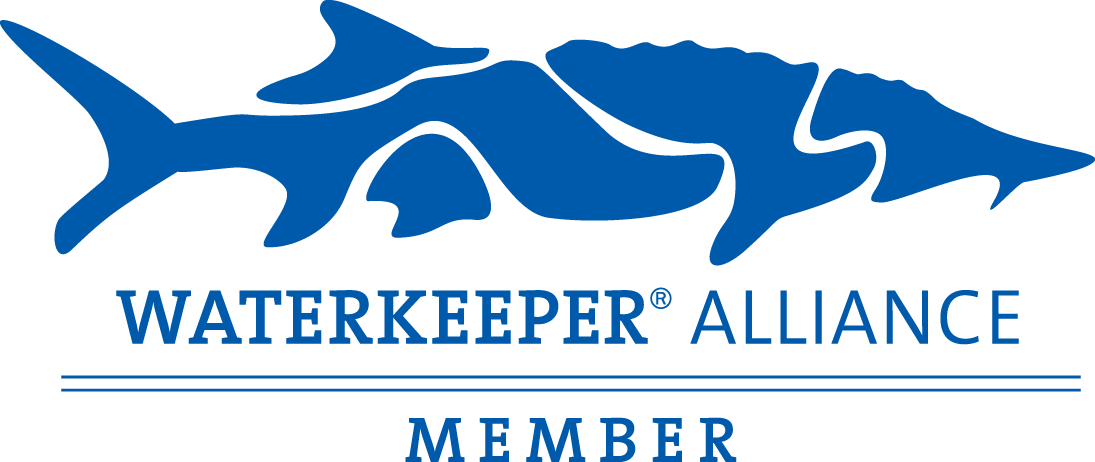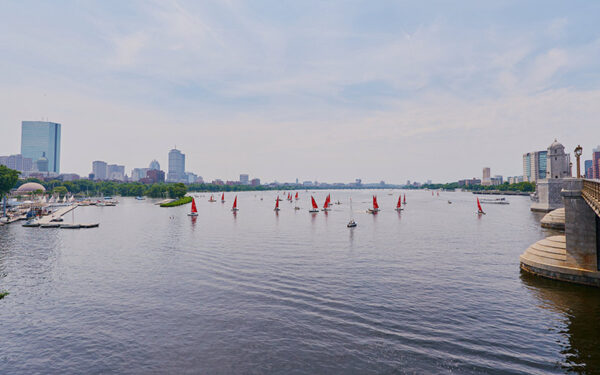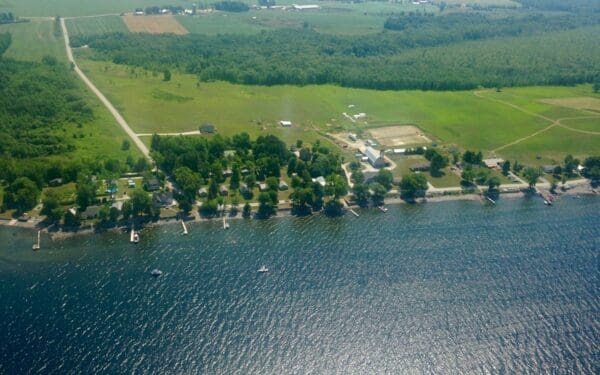Protecting a Remarkable Habitat from Mounting Threats
The Great Bay estuary lies at the heart of what makes New Hampshire’s Seacoast and southern Maine so special. This remarkable resource is in jeopardy – pollution is pushing the estuary toward a tipping point, degrading its health and its habitats and threatening traditional activities like fishing and oystering.
CLF in Action
As advocate, convener, and watchdog, the Great Bay–Piscataqua Waterkeeper® plays a unique role in protecting and restoring the estuary. Our Waterkeeper is on the ground in communities across the region working to:
- Build a stronger voice for the estuary by mobilizing local citizens through our Clean Water Advocates for Great Bay and educating the public about the estuary’s value and the threats it faces.
- Secure protections for the estuary by pushing for needed upgrades of outdated sewage treatment plants.
- Advance innovative solutions for the estuary such as exploring opportunities to reduce stormwater pollution.
- Act as the estuary’s “eyes and ears” by getting on the water in our Waterkeeper vessel to guard against illegal pollution and other threats.
Meet our Waterkeeper
Melissa Paly is our Great Bay–Piscataqua Waterkeeper. Learn more about Melissa and keep up with her on Twitter. ![]()

What’s at Stake
The Great Bay estuary’s unique ecosystem supports a rich diversity of habitat, including eelgrass meadows, salt marshes, oyster beds, mudflats and rocky intertidal zones. These places provide food and shelter for many fish species – striped bass, Atlantic salmon, and Atlantic herring are just a few – as well as birds, including a variety of raptors, wading birds, and shorebirds.
The estuary also offers tremendous recreational opportunities. Whether sailing, kayaking, fishing for stripers, or hiking through the Great Bay National Estuarine Reserve, locals and tourists alike are drawn to this unique and special place.
But today, the Great Bay estuary is nearing a tipping point. Nitrogen pollution from sewage treatment plants is degrading water quality and habitat. Eelgrass, the cornerstone of the bay’s ecosystem, is disappearing. Oyster populations, which are important to the bay’s health as well as recreational harvesting, have dipped to unsustainable levels. And sprawl is leading to more and more pavement and, with it, more and more water pollution.
CLF is fighting to reverse these urgent and destructive threats. Here’s how you can get involved.



